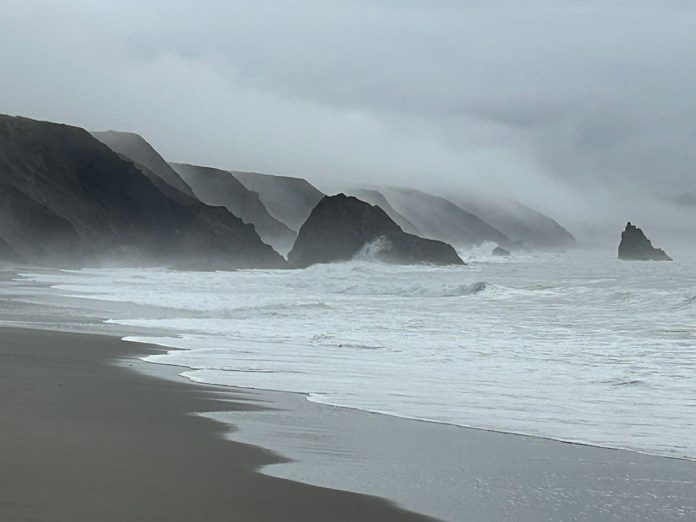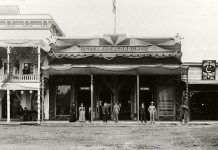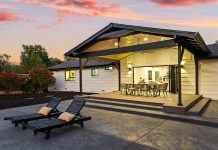
Down by Bodega Bay, sea meets sand on a foggy day. Fifty shades of coastal gray emerge between white foam and black rock cliffs. One might easily mistake this scene for a classic Ansel Adams nature picture taken on black-and-white film with a Hasselblad but it is, in fact, a color photo taken with an iPhone.
The foggy wet weather of late created incredible opportunities to capture Sonoma County’s beauty. To a photographer’s eye, there are more opportunities to take an interesting photo in fall and winter when the harsh light of summer with its lovely but monotonous ‘Chamber of Commerce’ days give way to autumnal change. Don’t hate me if you are reading this in Anywhere Else, U.S.A.
When the rains come in autumn, relief from fire weather triggers a long exhale and offers an opportunity to slow down. Morning walks in the fog are a little less purposeful, perhaps when noticing morning dew on the top side of grass blades, clovers or fern fronds. Brown hills and fields turn emerald, almost fluorescent, green. Tan pastures become verdant grass carpets. Leaves in vineyards turn color. Some vines are all yellow. Others have red, leafy edges of umber and brown. Rain and cold slow nature’s pace as well as ours. Try using that slowness to notice aspects of seasons’ turning. It’s amazing what one can observe while looking.
Fun Facts: Hat tip to Drew Gross who took and shared the above picture. In 1980, Ansel Adams (1902-1984) was awarded the Presidential Medal of Freedom for his tireless conservation efforts and work for the Department of the Interior photographing and promoting national parks. Adams’ iconic “Moon Over Half Dome” photo was shot in 1960 with a Hasselblad 500c and Zeiss lens.
Hasselblad is a Swedish camera manufacturer established in 1941. The 500c model was introduced in 1957 and became the company’s flagship model. The 500 designation indicated shutter speeds to 1/500th of a second. The camera was taken on Mercury and Apollo missions, providing the first photographs of Earth from orbital flight and the moon from Apollo’s 1969 landing.
Carl Zeiss AG is a German lens company started in 1846. As early as 1866, Carl Zeiss collaborated with a physicist to obtain precise calculations to design aberration-free lenses improving manufacturing to calculated, replicable processes. It is a leading lens manufacturer today.








